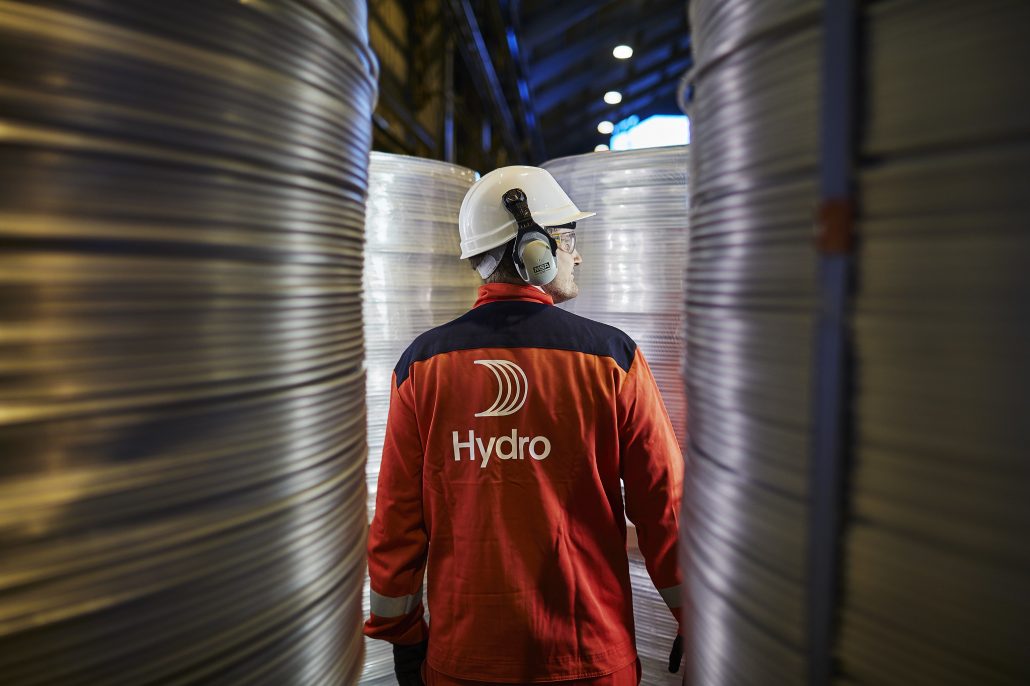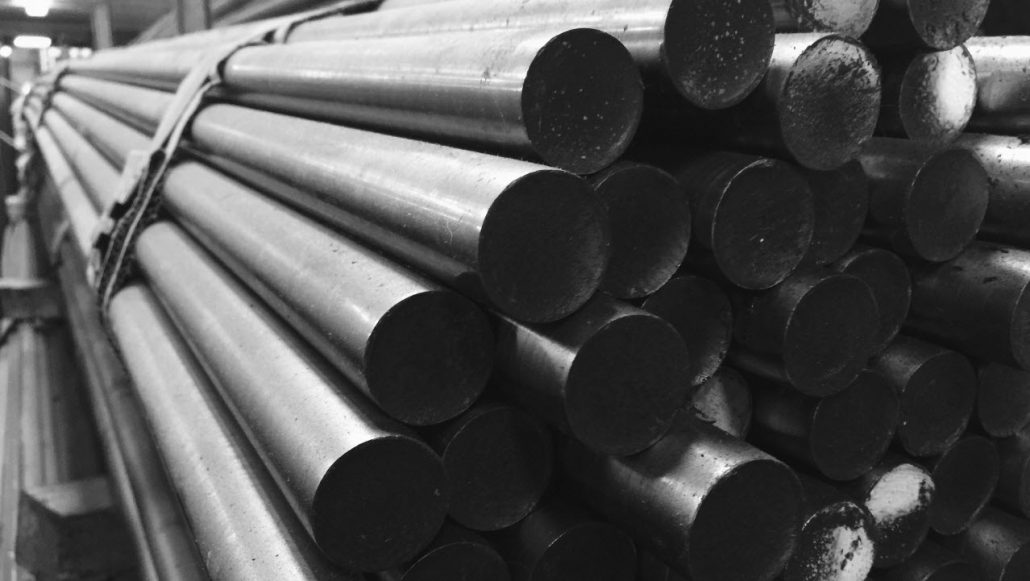
Norway-based Norsk Hydro ASA has announced a profitable third quarter for 2024, with adjusted earnings before interest, taxes, depreciation, and amortization (EBITDA) reaching $672.67 million—an 84.3% increase from $365 million during the same quarter last year. However, recyclers may find concern in the fact that Hydro’s non-recycling business units generated higher returns compared to its aluminum recycling operations.
Positive Factors and Challenging Margins
Hydro’s strong financial performance was bolstered by rising aluminum and alumina prices, decreased raw material costs, and favorable currency effects. However, these gains were partially offset by lower recycling margins, reduced extrusion volumes, and fluctuating energy prices. “This combination presents a mixed picture for our operations,” said Eivind Kallevik, Hydro’s president and CEO.
Declining Demand in Extrusions
The Extrusions business unit reported an adjusted EBITDA decrease of about 33% compared to the previous year. North American extrusion demand dropped by 4% year-over-year and 7% from the second quarter. “The transport segment, particularly trailer build rates, has been weak, and the automotive sector is experiencing headwinds due to slowing electric vehicle sales,” Kallevik noted. While demand in the building, construction, and industrial segments remains moderate, there are expectations for gradual improvement as interest rates decline into 2025.
Upstream Success Amid Downstream Challenges
Despite the overall challenges in the downstream aluminum market, Hydro reported continued success in its upstream operations. Strong results in bauxite and alumina production have countered the adverse effects of a weak recycling market in Europe and North America. “Our upstream revenue drivers have been a bright spot, supporting our overall business strategy,” Kallevik stated.
Strategies for Strengthening Operations
Hydro is taking both short- and long-term actions to bolster its extrusions business. The company is investing in production flexibility and implementing cost-cutting measures to maintain margins. A recent investment includes an automated press in Cressona, Pennsylvania, aimed at enhancing efficiency. However, achieving the EBITDA target of $730.6 million for 2025 will necessitate more than a 20% recovery in extrusion market volume and a return to historical remelt margins.
Focus on Recycling and Sustainability
Hydro acknowledges the pressures on recycling margins but is actively seeking to improve profitability and secure competitive scrap sourcing. The Alusort joint venture with Michigan-based Padnos is expected to enhance the company’s ability to process post-consumer scrap effectively. Additionally, Hydro has established a strategic partnership with Mercedes-Benz, emphasizing a shared commitment to building low-carbon value chains.
“We aim to lift sustainability throughout our shared value chain, from mine to end consumer product,” Kallevik remarked.
The company also noted an $82.8 million unrealized derivative loss on contracts related to the London Metal Exchange in its third-quarter results, adding another layer of complexity to its financial landscape.











Leave a Reply
You must be logged in to post a comment.